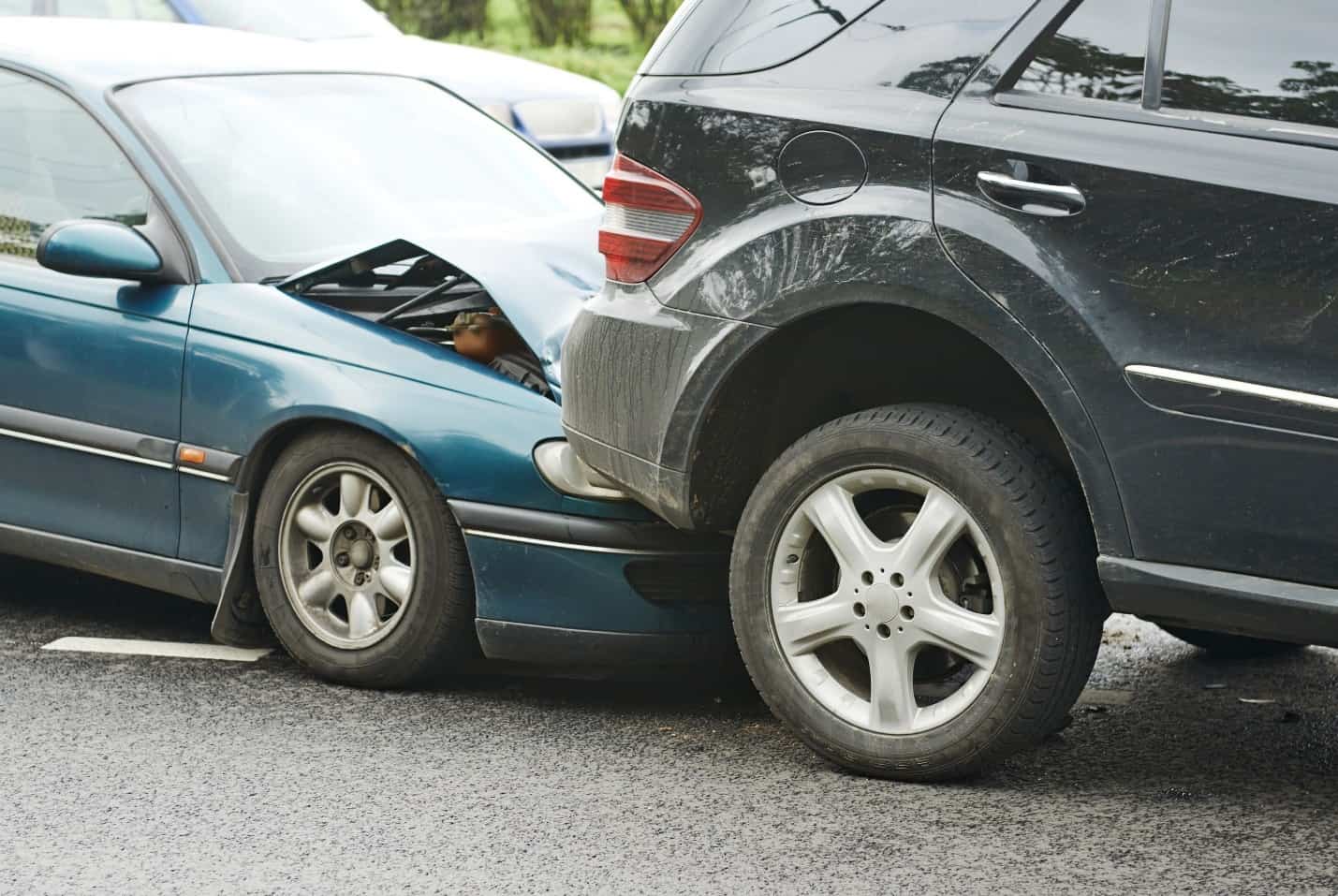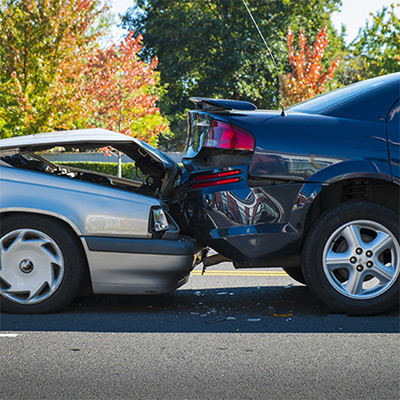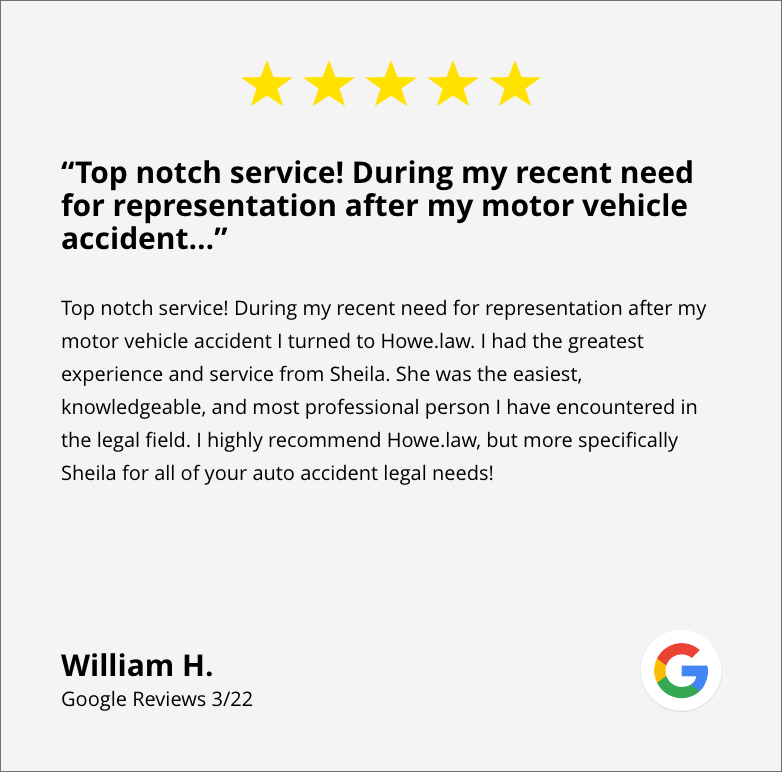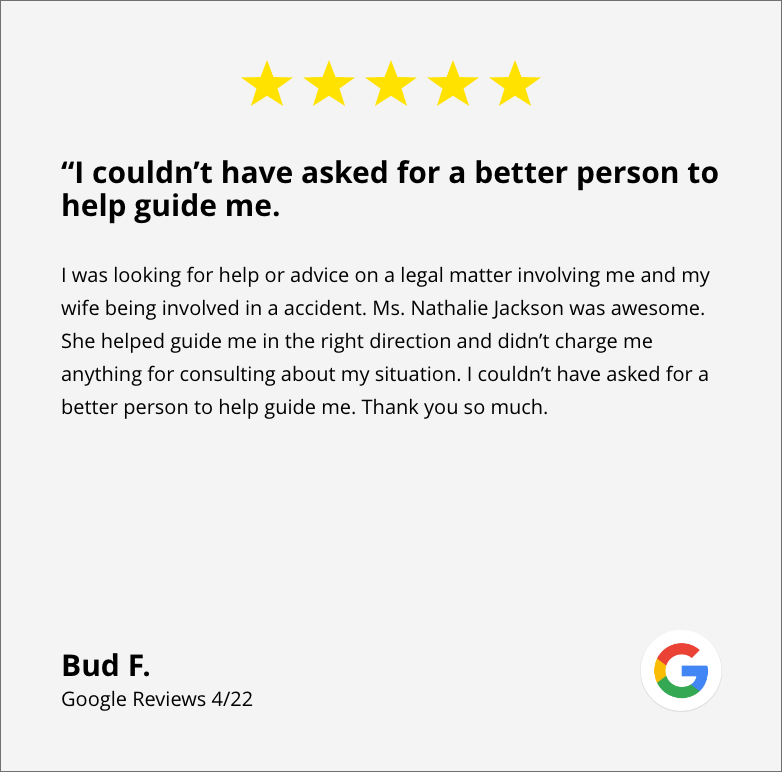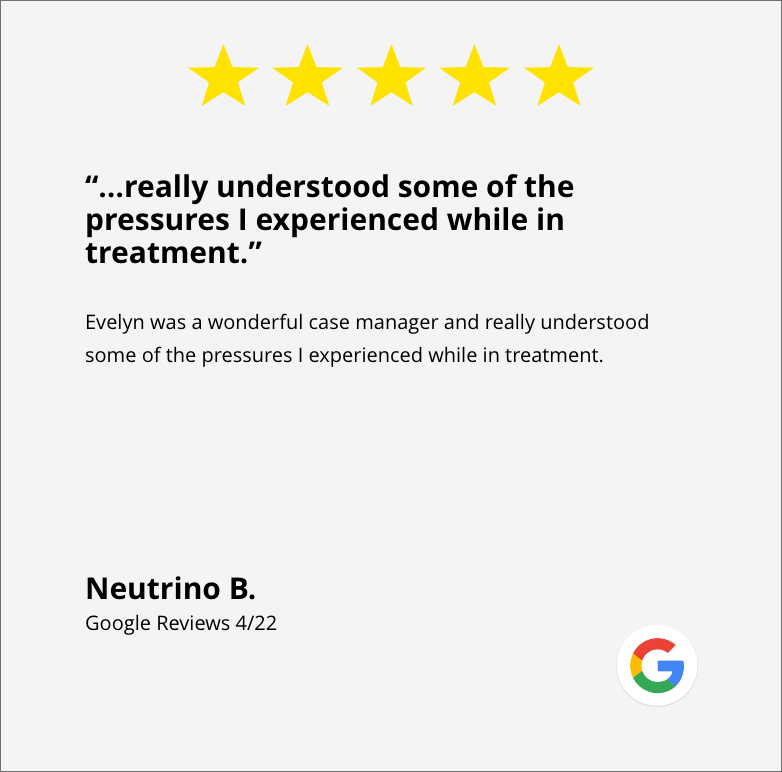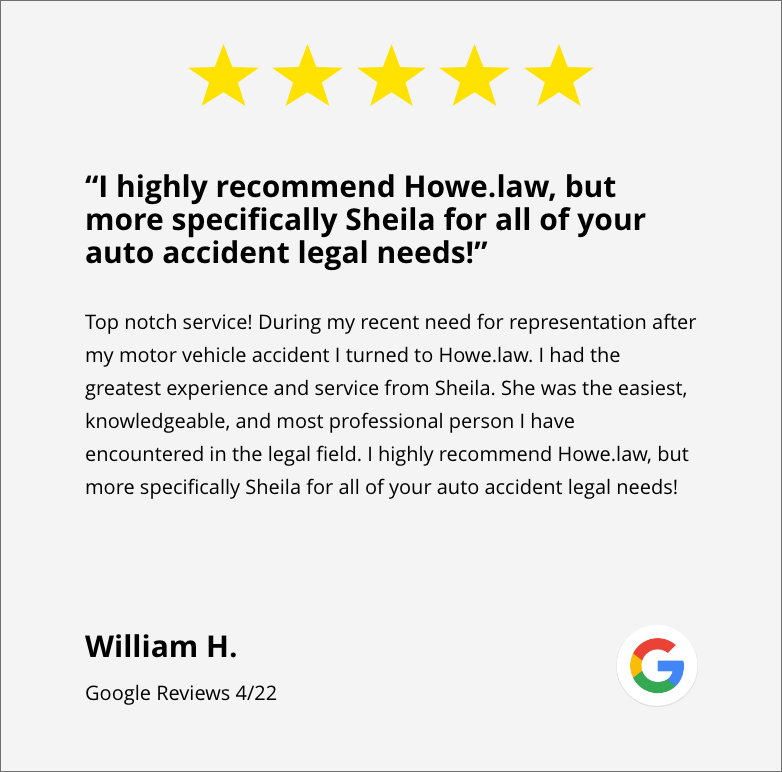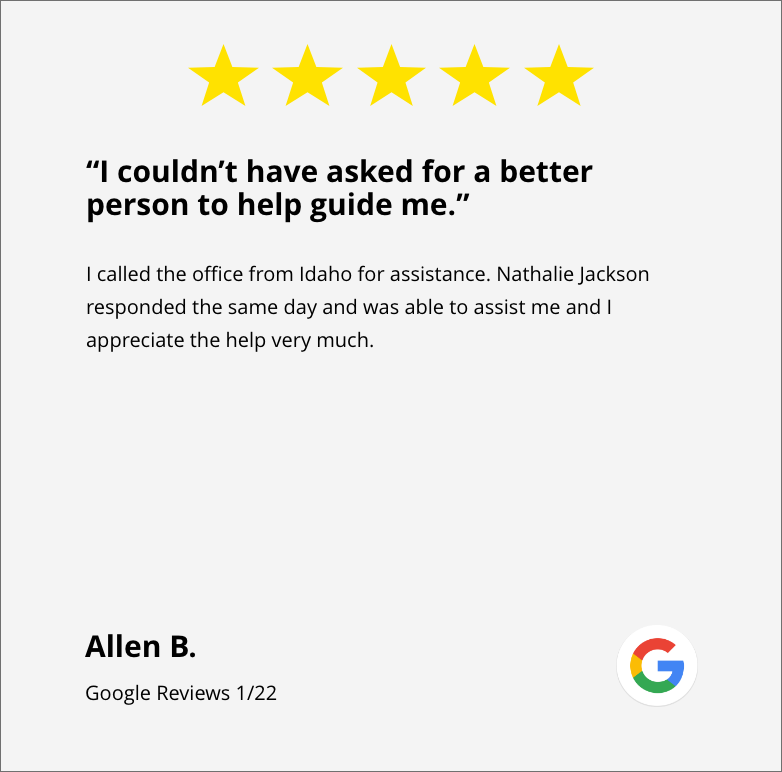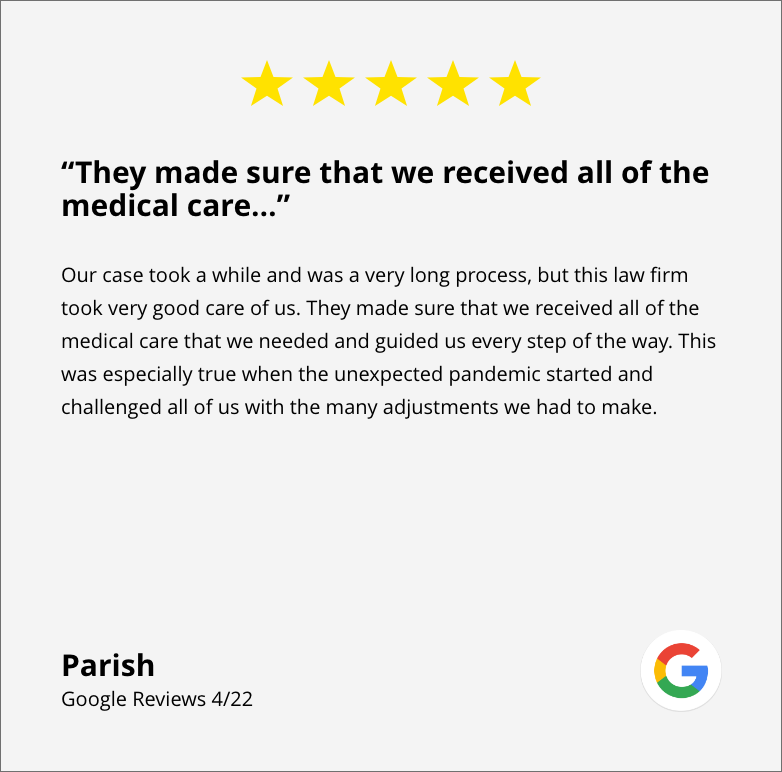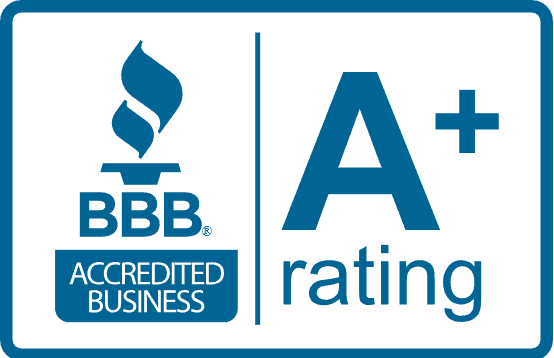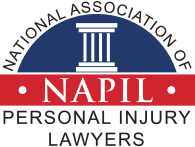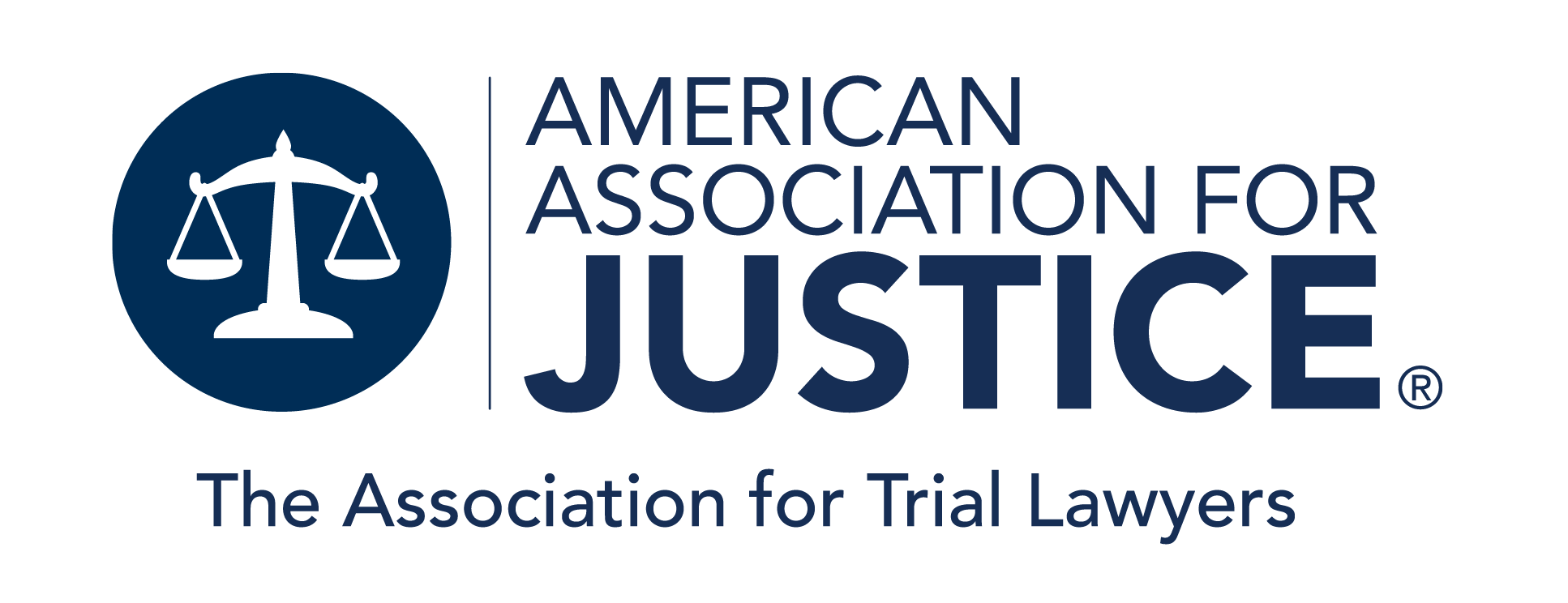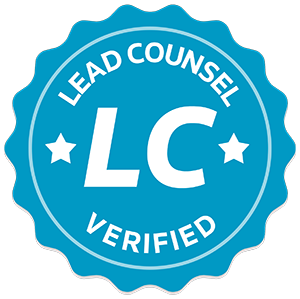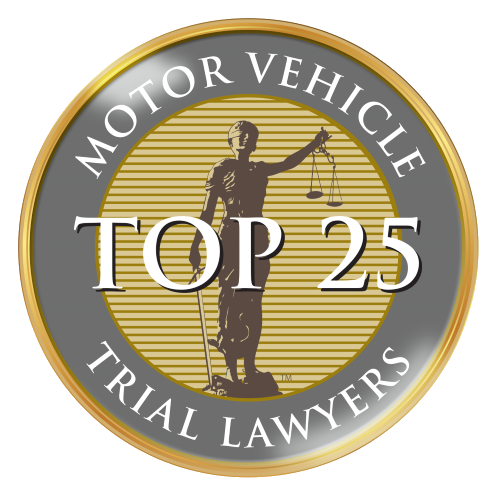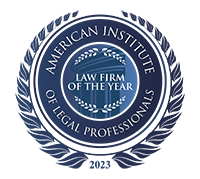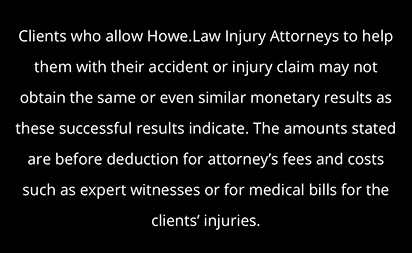
Driving on the road can sometimes feel like a complex puzzle, especially when dealing with various factors contributing to safe travel. One such factor is the phenomenon known as “phantom drivers.”
Recognizing and understanding phantom drivers and how to handle situations involving them can enhance road safety and reduce the risk of auto accidents. In this article, we’ll delve deeper into the concept of phantom drivers, their prevalence, impact, legal implications, and how to identify them.
Understanding the Concept of a Phantom Driver
At its core, a phantom driver refers to an illusionary presence of a commercial vehicle on the road that creates a perception of obstruction or danger, often resulting in erratic driving behaviors from other motorists.
This may manifest through several scenarios, such as unoccupied vehicles that appear to be in the way or other drivers’ misunderstandings of lane changes. Phantom drivers can significantly influence traffic flow and driver reactions, making it essential to grasp their definitions and characteristics.
The Definition of a Phantom Driver
The definition of a phantom driver extends beyond physical vehicles that are not present. It can also refer to the mental state of drivers who react to perceived threats, such as misjudged distances or velocities of oncoming regular or commercial vehicles. Phantom drivers may trigger unnecessary stopping, swerving, or acceleration, all of which can lead to perilous situations on the road.
As modern vehicles become increasingly equipped with advanced technology, drivers may sometimes rely on these systems, which can create a false sense of security. This can lead to poor judgment in situations involving phantom drivers, as individuals may not fully assess their surroundings with due diligence.
For instance, adaptive cruise control and lane-keeping assist features can inadvertently encourage drivers to disengage from actively monitoring their environment, making them more susceptible to phantom driver scenarios.
Common Misconceptions About Phantom Drivers
There are several misconceptions about phantom drivers that can cloud understanding and ultimately lead to unsafe driving practices. One common myth is that phantom drivers only refer to vehicles that are physically not present but can be seen in rear-view mirrors or peripheral vision. In reality, phantom drivers can also be the result of psychological factors affecting a driver’s perception.
Cognitive biases, such as the illusion of control or overconfidence in one’s driving skills, can exacerbate the tendency to misinterpret the actions of others on the road. Another misconception is that only inexperienced drivers fall prey to phantom driving situations. In truth, seasoned drivers can also misunderstand their environment.
Stress, fatigue, and distractions can affect any driver’s judgment, causing them to misinterpret the actions of others on the road. For example, a driver who has had a long day at work may misjudge the speed of an approaching vehicle, leading them to react inappropriately.
Additionally, environmental factors such as poor visibility due to weather conditions or the time of day can further complicate a driver’s ability to accurately assess their surroundings, making it crucial for all drivers to remain vigilant and adaptable in their driving approach.
The Prevalence of Phantom Drivers
Phantom drivers manifest across various driving environments, and their prevalence can vary significantly between urban and rural areas. Understanding the distribution of these phantom drivers helps policymakers and road safety advocates design better measures to combat the hazards they pose.
Phantom Drivers in Urban Areas
Urban areas, characterized by their high vehicle density and intricate road networks, often see a higher frequency of phantom drivers. Congested roads, multiple lanes, and a constant influx of vehicles can exacerbate misperceptions among drivers.
In bustling cities, the presence of pedestrians, cyclists, and public transportation adds further complexity, leading to more instances where drivers misinterpret situations and react to non-existent threats.
The chaotic nature of urban driving can create phantom driving scenarios during peak hours, as the accumulation of vehicles and behavioral patterns of drivers lead to erratic movement. This, in turn, can lead to dangerous situations such as sudden lane changes and collisions.
Moreover, the psychological pressure of navigating through heavy traffic can heighten anxiety levels, causing drivers to become hyper-vigilant and more prone to misjudging their surroundings. The constant barrage of stimuli in urban settings can overwhelm the senses, making it increasingly difficult to discern real threats from mere illusions.
Phantom Drivers in Rural Areas
In contrast, rural driving often presents different challenges for drivers encountering phantom drivers. While vehicle density tends to be lower, the lack of road lighting and visibility can significantly impact driver perception. For instance, a shadowy silhouette of a tree or fence may cause drivers to react as though a vehicle is present.
Additionally, rural roads may have fewer signs and signals, leading to a misunderstanding of right-of-way or stopping distances. Consequently, rural drivers may also encounter phantom drivers when their judgment is swayed by limited visibility and distraction from nature or wildlife.
The serene environment, often perceived as a peaceful drive, can quickly turn treacherous if a driver fixates on imagined obstacles, leading to abrupt braking or swerving.
Furthermore, the isolation of rural roads can amplify feelings of uncertainty, as drivers may feel more vulnerable without the immediate presence of other vehicles or assistance, making them more susceptible to phantom perceptions during solitary journeys.
The Impact of Phantom Drivers on Traffic
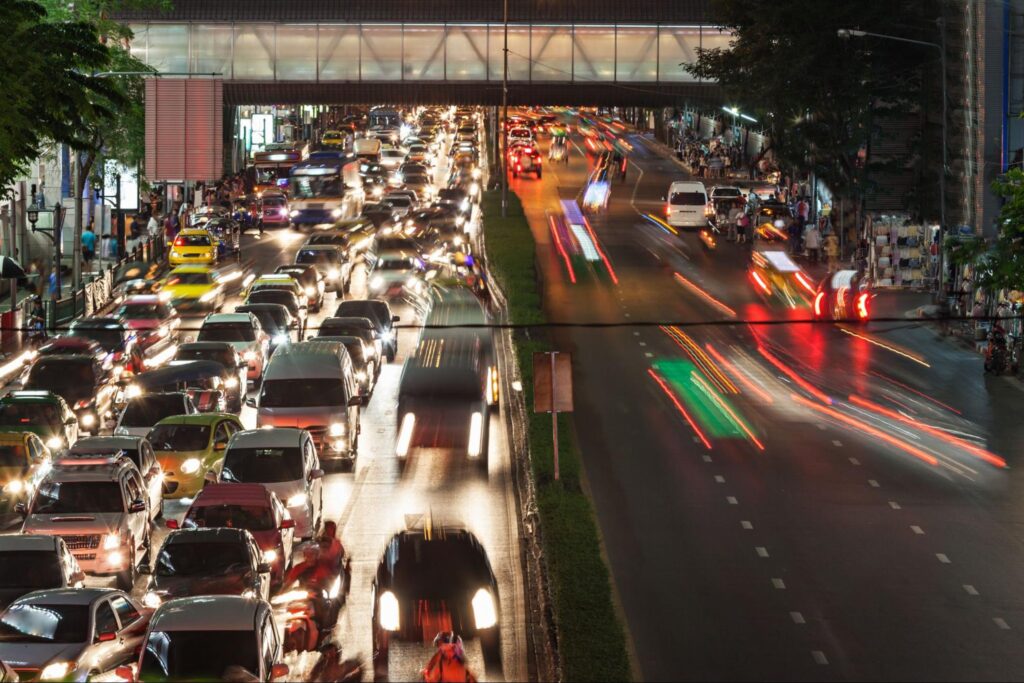
The implications of phantom drivers stretch far beyond mere inconveniences. They have a tangible impact on traffic conditions and overall road safety. When drivers react to perceived dangers from phantom drivers, this can lead to a series of concerning outcomes.
Traffic Congestion and Phantom Drivers
Phantom drivers are known to contribute to traffic congestion. When drivers misinterpret situations, they may engage in sudden braking, changing lanes unpredictably, or accelerating in response to perceived threats.
Such erratic behaviors can ripple through traffic, causing a slowdown that is felt by many vehicles or commercial wheelers behind. This behavior can create a domino effect, leading to gridlock in busy areas.
Moreover, the increased caution around phantom drivers often leads to an overall decrease in traffic flow. Drivers may feel compelled to slow down excessively or hesitate at intersections, affecting the entire system’s movement.
This can exacerbate delays in high-traffic scenarios, making commutes longer and more frustrating for everyone involved. Studies have shown that even a small percentage of drivers reacting to phantom threats can significantly impact the overall speed of traffic, creating a frustrating cycle of stop-and-go conditions that can last for miles.
Road Safety Concerns Due to Phantom Drivers
The presence of phantom drivers on the road raises significant safety concerns. Unnecessary lane changes and sudden stops initiated by phantom driving situations can lead to collisions, not only involving the drivers who misperceived threats but also innocent motorists nearby.
Furthermore, the risk of car accidents increases when drivers become overly focused on potential phantom threats rather than their immediate surroundings. This distraction can lead to a lack of situational awareness, which is crucial for safe driving. In addition to the immediate dangers posed by phantom drivers, there are longer-term implications for road safety.
The psychological stress and anxiety caused by the constant vigilance against perceived threats can lead to driver fatigue, impairing reaction times and decision-making abilities. As drivers become more anxious, their ability to respond effectively to actual hazards diminishes, creating a paradox where the fear of phantom drivers ironically increases the likelihood of real auto accidents.
Legal Implications for Phantom Drivers
Understanding the legal implications surrounding phantom driving is essential for identifying potential liabilities and responsibilities for drivers. As with many aspects of traffic law, the interpretation of phantom driving can vary significantly depending on the specific circumstances of a situation.
Traffic Laws and Phantom Drivers
Traffic laws typically encompass a wide range of behaviors, and while there may not be specific regulations pertaining directly to phantom drivers, the actions taken by individuals who react to perceived dangers can lead to violations of traffic laws. For instance, making abrupt lane changes without signaling or excessively speeding in reaction to an imagined threat can result in citations.
Understanding local traffic laws is critical for drivers to mitigate their risks and avoid inadvertently breaking the law due to phantom driving scenarios. Furthermore, the nuances of these laws can differ not only from state to state but also from city to city, making it imperative for drivers to stay informed about their local regulations.
Some jurisdictions may have specific guidelines that address reckless driving behaviors, which could encompass actions taken in response to phantom drivers, thereby complicating the legal landscape further.
Penalties for Phantom Driving
The penalties for actions taken in response to phantom drivers can vary, potentially including fines, points on a driving record, or worse, license suspension. Additionally, if a driver causes a car or truck accident due to misperceptions involving phantom drivers, they may face civil liabilities, including compensation claims from affected parties.
In some cases, insurance companies may also scrutinize claims arising from phantom driving incidents, leading to increased premiums or even denial of coverage if they determine that the driver acted recklessly.
It is crucial for drivers to educate themselves on their local traffic laws to understand the consequences of reacting to phantom driving behaviors and to ensure they respond appropriately to actual threats on the road. Moreover, drivers should consider participating in defensive driving courses, which can provide valuable insights into recognizing and managing perceived threats while maintaining safe driving practices.
Such education not only enhances a driver’s skills but also fosters a greater awareness of the legal ramifications associated with their actions behind the wheel, ultimately contributing to safer roadways for everyone.
How to Identify a Phantom Driver
Identifying phantom drivers involves recognizing signs that indicate one may be misinterpreting their environment. Awareness and education can significantly reduce the risks associated with these perceptions.
Understanding the psychological aspects that lead to phantom driving can also enhance a driver’s ability to remain focused and safe on the road.
Signs of a Phantom Driver
Several indicators can signal the presence of phantom drivers on the road. These include:
- Unexplained abrupt changes in speed or direction from nearby vehicles.
- Drivers looking overly cautious or making sudden stops without apparent cause.
- Frequent use of turn signals without clear intention to change lanes or turn.
Being attentive to these signs can help drivers understand when they might be misperceiving
situations and adjust their approach accordingly. Developing a calm and observant mindset is key to navigating potential phantom driving scenarios safely. Additionally, understanding the psychological triggers that lead to phantom driving, such as stress, fatigue, or distractions, can empower drivers to take proactive measures to mitigate these effects.
For instance, taking regular breaks during long drives can help maintain focus and reduce the likelihood of misinterpreting the behavior of other road users.
Tools for Detecting Phantom Drivers

In today’s digital age, several technologies and tools exist to assist drivers in identifying and responding to phantom drivers. Advanced driver-assistance systems (ADAS) include features such as automatic emergency braking, lane-keeping assist, and blind-spot detection. These systems can alert drivers to changes in their environment, thus minimizing the chances of misjudgment.
Moreover, many modern vehicles are equipped with adaptive cruise control, which can adjust the car’s speed based on the behavior of surrounding traffic, further reducing the risk of phantom driving incidents.
However, while these tools can be helpful, they should not replace an individual’s responsibility to remain vigilant on the road. A healthy mix of technology and personal awareness is essential for maintaining safety.
Engaging in defensive driving practices, such as maintaining a safe following distance and being prepared for the unexpected actions of other drivers, can significantly enhance a driver’s ability to navigate complex driving environments.
Furthermore, participating in driver education courses can provide valuable insights into recognizing and responding to phantom driving situations, fostering a more informed and cautious driving community.
Conclusion
Phantom drivers can be a hidden menace on the roads, impacting traffic flow, road safety, and driving behaviors. By developing a comprehensive understanding of what phantom drivers are, their prevalence, and the legal implications, drivers can equip themselves to navigate such scenarios more effectively.
Recognizing the signs and employing modern tools for detection can help minimize the risks associated with phantom driving situations. Don’t wait when it comes to protecting your rights. Contact Howe.Law now for a free, no-obligation consultation.
For insights into how others have successfully navigated complex driving-related legal issues, visit Howe Law to read testimonials from satisfied clients.
Related Articles

